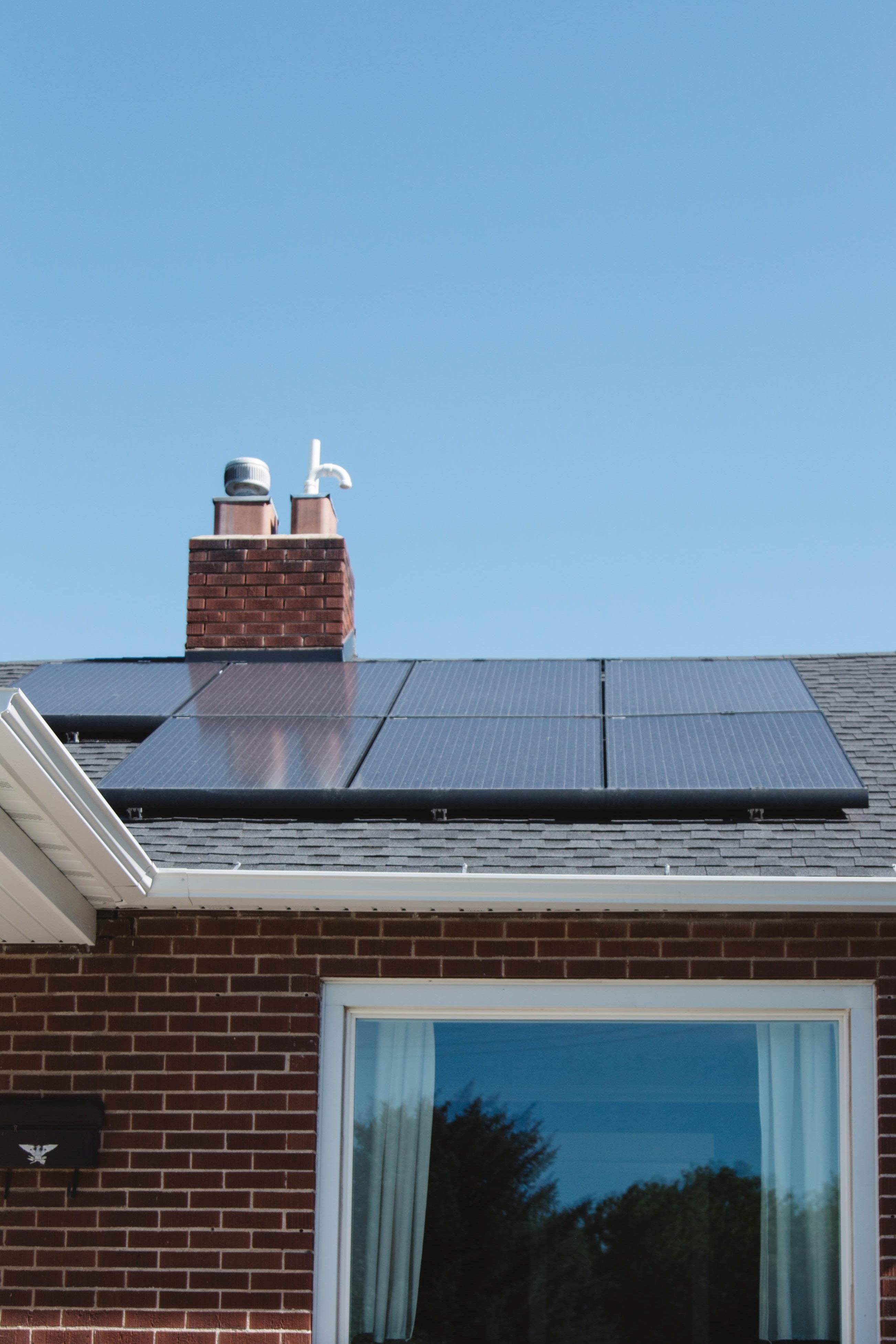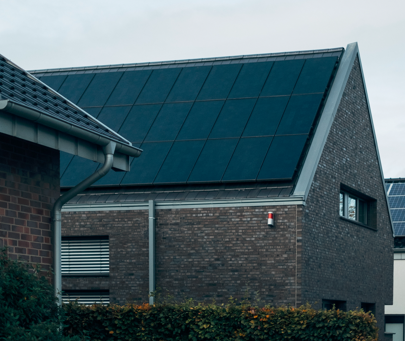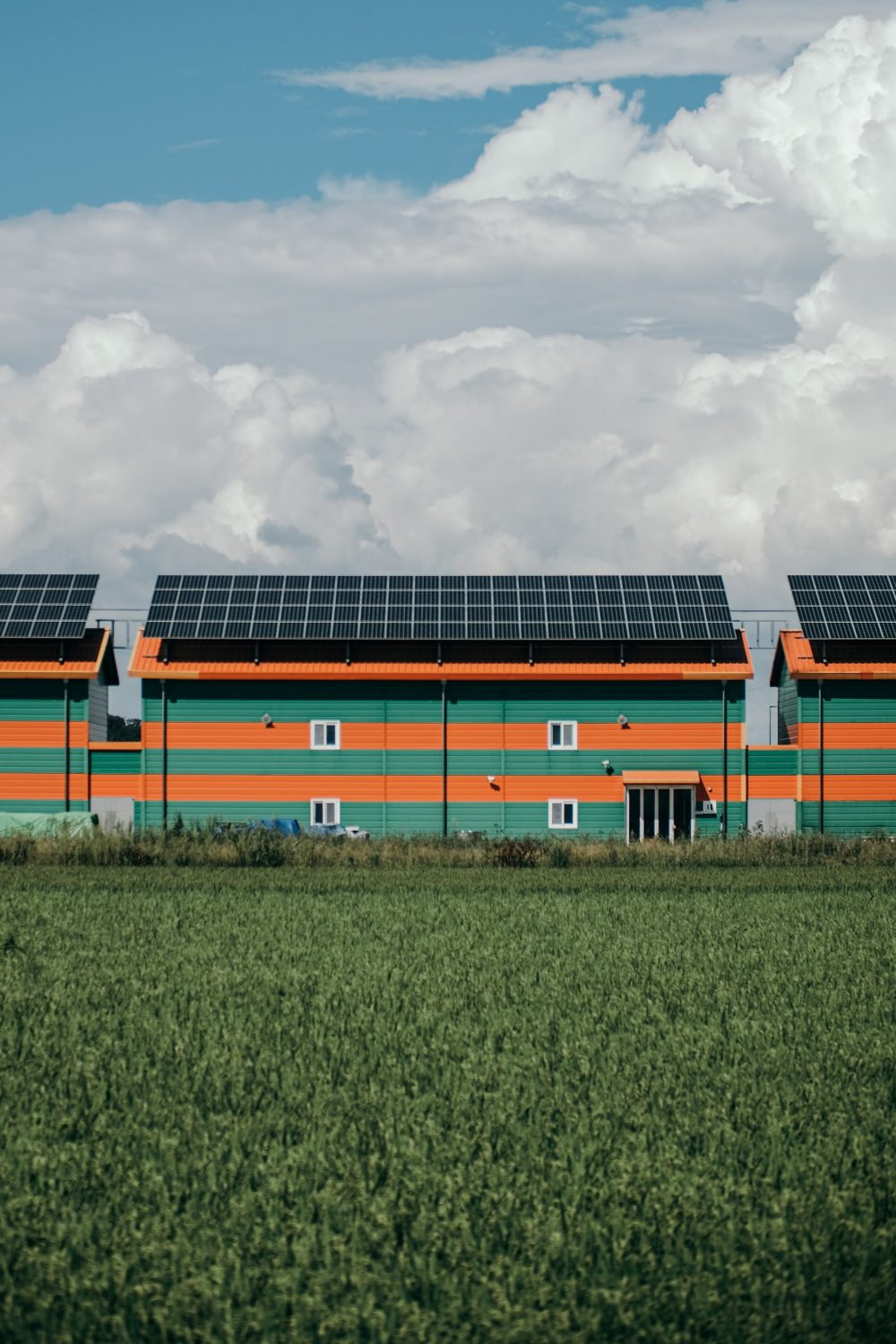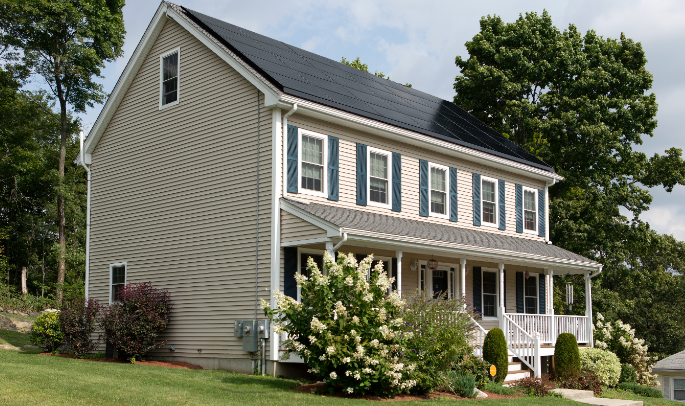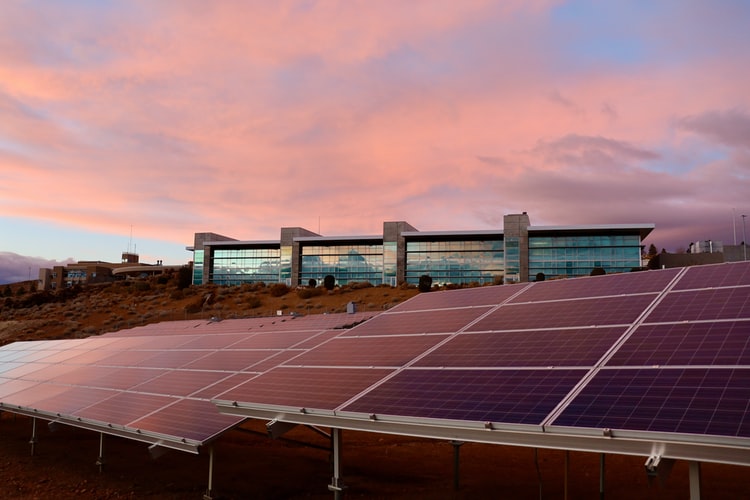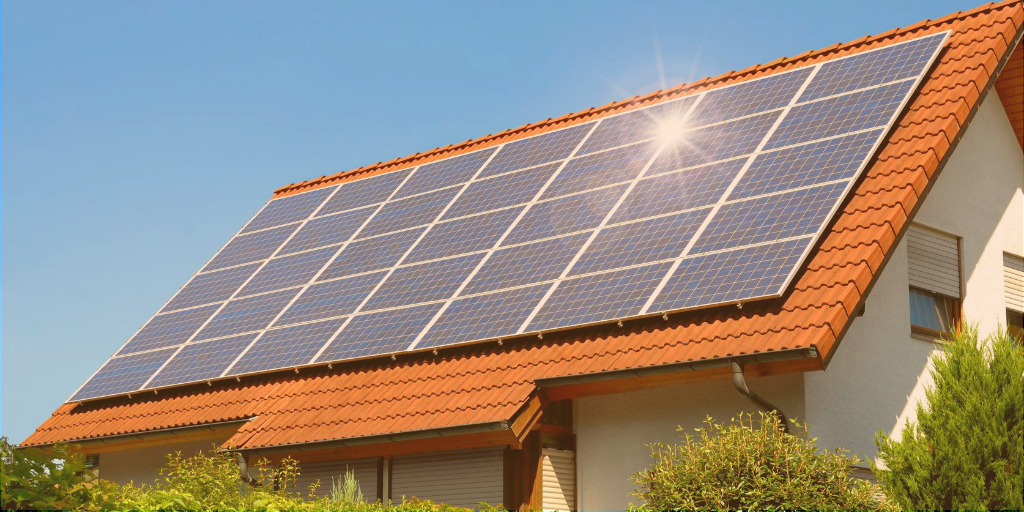Categories
01 December 2021
Offset Solar Panel Cost of Your Home Within 5 Years | HomeScape
High electricity bills among rising inflation have become the new normal for homeowners. Considering the current global energy crisis coupled [...]
08 October 2021
Best Practices To Get Maximum Power Generation From Your Home Solar Plant
Understanding the way solar panels work is crucial to getting the most out of your domestic solar system. Most people [...]
31 August 2021
What Capacity of Solar Energy System can be Installed in my Home?
how big your residence is the number of people living there the type and number of appliances how frequently the [...]
27 July 2021
A Guide to Maintaining Home Solar Plants
Once you have made the plunge and installed a home solar plant, the next obvious question is of maintenance. While [...]
14 July 2021
Why is a Site Survey required prior to installing a Solar Rooftop System?
Solar rooftop systems and other sources of renewable energy are on the rise. Residential rooftop solar systems have proven to [...]
12 July 2021
The Lifespan of a Solar Plant
When you are considering investing in solar electricity for your home, wondering how long solar panels last is a question [...]
16 June 2021
Is Residential Rooftop Solar ready to take off Post Subsidy and Falling Equipment Costs?
Rooftop Solar in India has been seeing a steady adoption, evident from the rising capacity addition every year. According to [...]
07 June 2021
Tips for Maximising Efficiency and Reducing the Impact of Shade
Solar panels function by transforming photons into usable electricity, acting as a solar power plant for your home. Due to [...]
21 May 2021
An Architect’s Guide to Photovoltaics
Photovoltaics (PV) is the conversion of light into electricity using semiconducting materials that exhibit the photovoltaic effect, like a solar [...]
07 May 2021
How Solar Panels Produce Electricity
Solar energy has transformed electricity production into a cheaper, environmentally safer, and sustainable process. Its accessibility now has allowed for [...]



